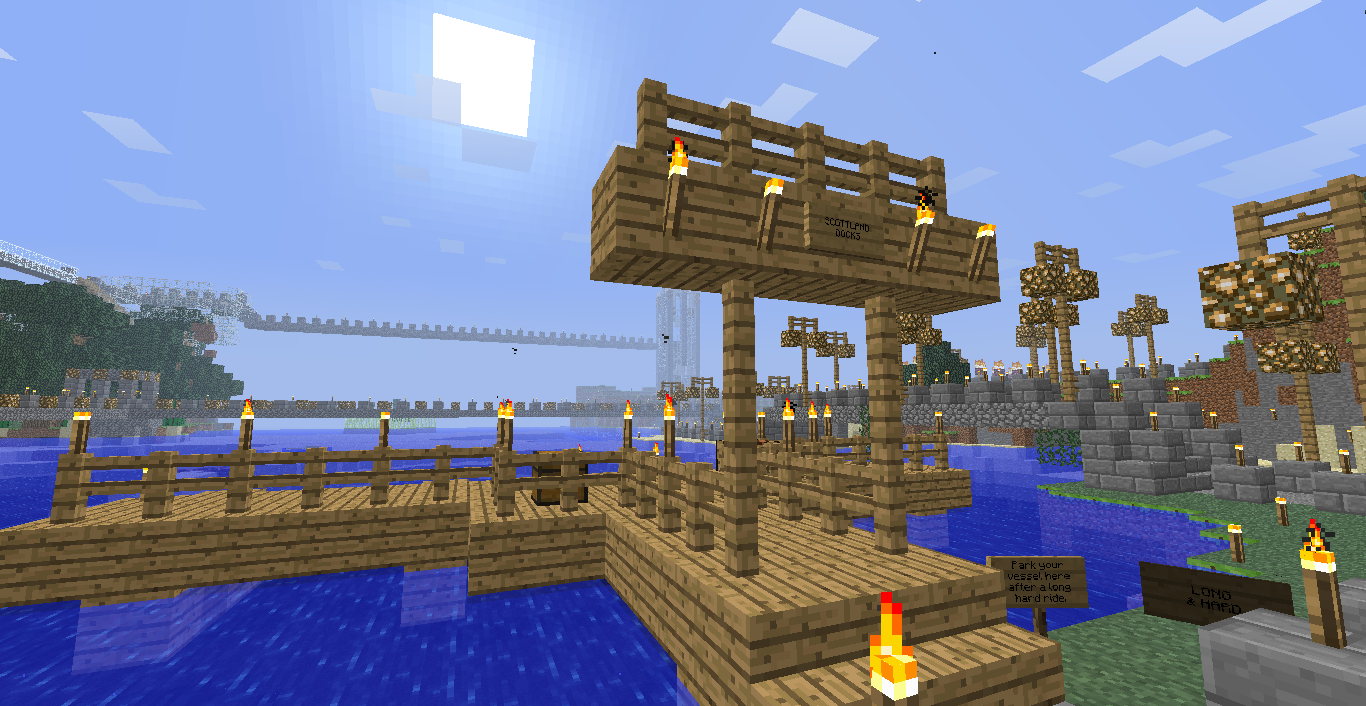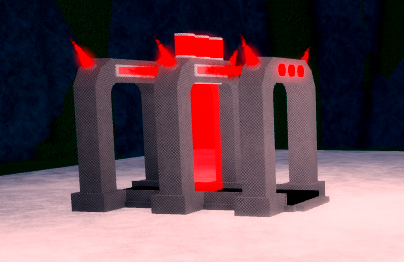
.png)

Therefore, passive mode is recommended in most cases. Since in most cases one server provides a service for many users, it is much easier to configure the router and firewall on the server side once for passive mode than to configure the client's router/firewall for each individual client in active mode. Only outgoing connections have to be allowed on the server side. On the client side, however, only outgoing connections need to be allowed (which will already be the case most of the time).Īnalogously, in active mode, the router and firewall on the client side need to be configured to accept and forward incoming connections. In passive mode, the router and firewall on the server side need to be configured to accept and forward incoming connections. Once established, the connection can be used for uploads or downloads.Ī common network setup might look like this: Note that the only differences are in establishing a connection. In passive mode, the connection is outgoing on the client side and incoming on the server side and in active mode this is reversed. Generally, establishing outgoing connections requires less configuration on the routers/firewalls involved than establishing incoming connections. In both cases, the actual file or listing is then transferred over the data connection. Once the client issues a command to transfer a file or listing, the server will connect to the address provided by the client. In active mode, the client opens a socket on the local machine and tells its address to the server using the PORT command. The client then issues a command to transfer a file or to get a directory listing, and establishes a secondary connection to the address returned by the server. In passive mode, which is recommended (see below), the client sends the PASV command to the server, and the server responds with an address. The data connection can be established two different ways, using active mode or passive mode. Then, in order to transfer a file or a directory listing, the client sends a particular command over the control connection to establish the data connection. First, the so-called control connection is established, over which FTP commands and their replies are transferred. When you connect to an FTP server, you are actually making two connections. What distinguishes FTP from most other protocols is the use of secondary connections for file transfers. To make things worse, some are themselves flawed, causing additional problems regarding FTP. Unfortunately, both NAT and personal firewalls conflict with FTP more often than not. Personal firewalls try to protect personal computers from attacks by malicious users.NAT routers allow multiple systems within a LAN to connect to the outside world with one external IP address. The number of hosts connected to the internet has reached IPV4's design limit for the number of addresses ( IPv6 is designed to relieve this). Many hosts and routers on the internet use the IPv4 protocol. NAT (Network Address Translation) routers.Several attempts have been made to address these problems: The availability and openness has attracted malicious users who exploit design limitations, incomplete implementations, bugs, and the inexperience of other users. The Internet is now ubiquitous, with millions of users communicating with each other in many different ways. Security was not much of a concern.Ī lot has changed since then.

The internet was a friendly, trusting place. The community was small, many users knew each other and all were collaborating together. The protocol might even be older than you!īack then, the Internet was mainly used by universities and research centers. Early drafts of the protocol go back as far as 1971, and the current specifications are from 1985. In the fast living world of the internet, the File Transfer Protocol is not just old, it's ancient.

For detailed in-depth information see specifications. This section provides an overview of the historical and technical background of the FTP protocol.
#PROJECT HAVEN WIKI WINDOWS 8#


 0 kommentar(er)
0 kommentar(er)
